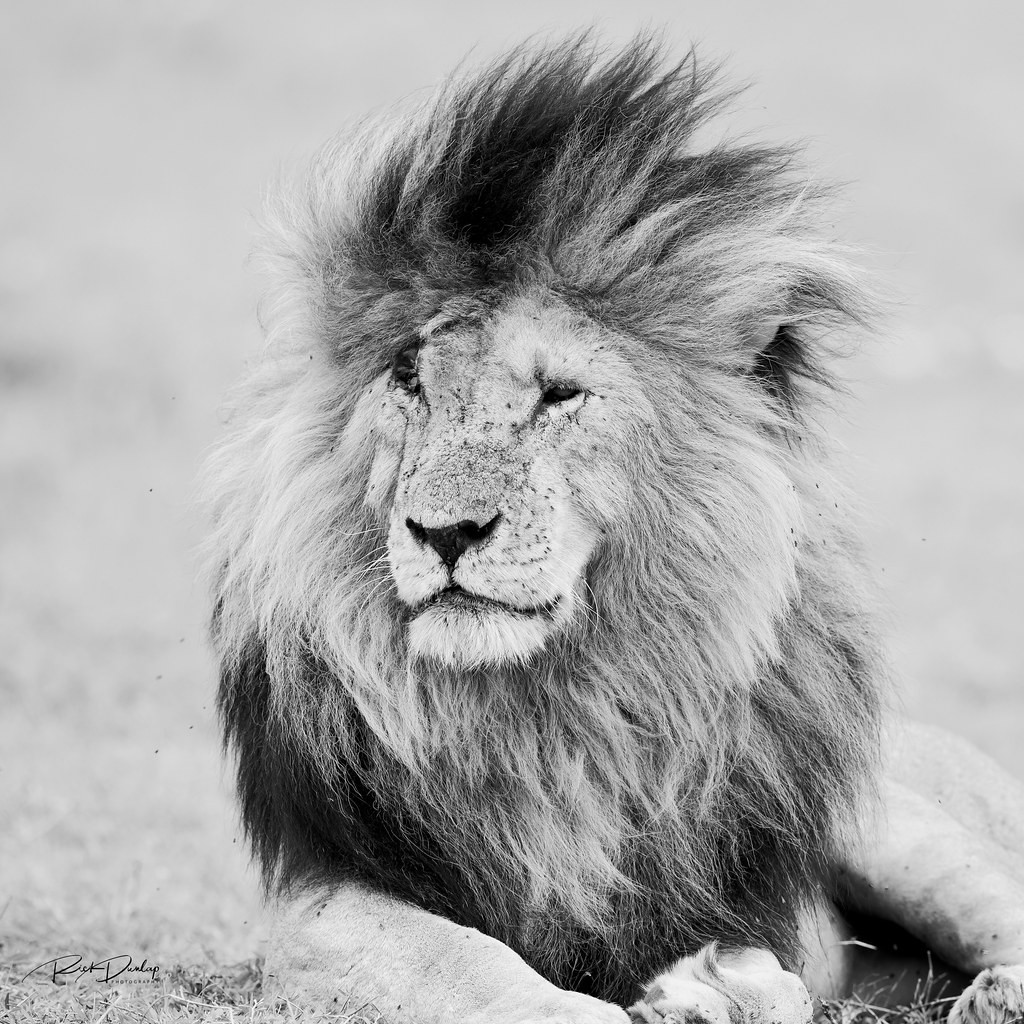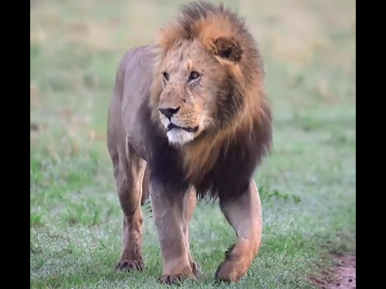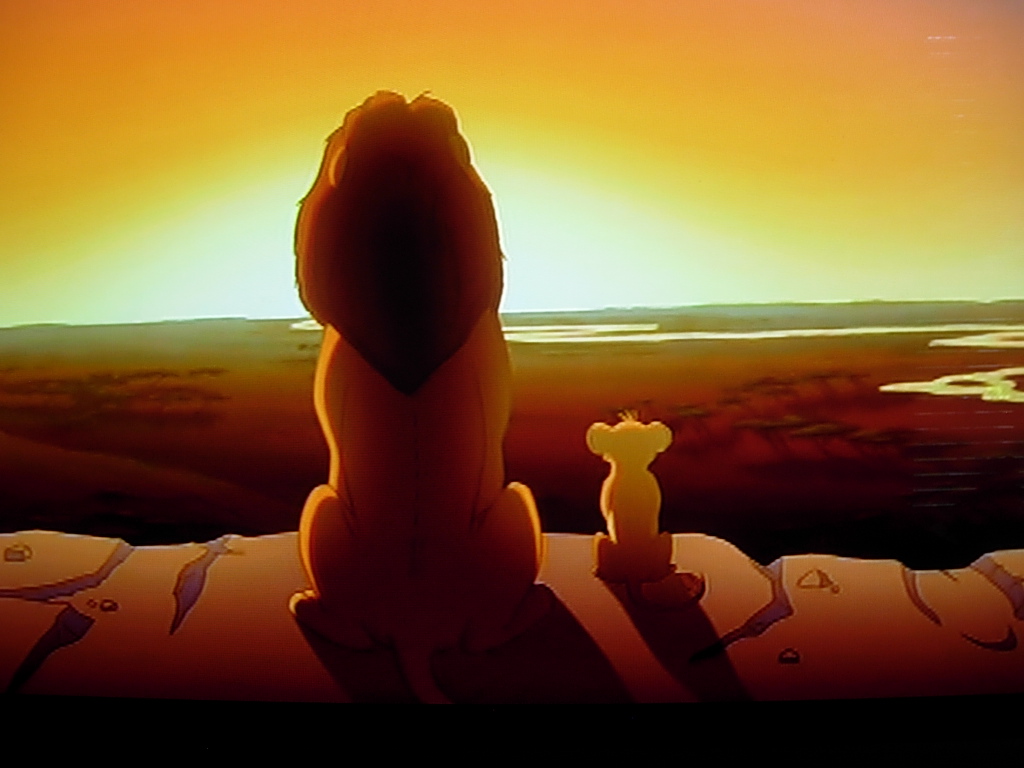Certainly, Mufasa and Simba from the Disney animated film “The Lion King” are the most famous lions when it comes to popularity. Over the decades, their fictional image has conquered a certain part of the entire world – the part where people admire and love the lion, the king of animals without exception.
Mufasa and Simba have captured millions of hearts, and their personalities have penetrated pendant and animated characters. Many travelers have chosen a Kenyan safari inspired by a desire to meet their Mufasa and Simba in person.
It is an honorable achievement Mufasa and Simba have rooted in life and culture. As a result, safari companies in Kenya have witnessed surging demand from travelers eager to glimpse the real Mufasas and Simbas roaming the vast plains.
The Marsh Pride and Their Iconic Leaders

Among the most famous and well-documented pride of lions in the Maasai Mara is the legendary Marsh Pride, a group of beasts so named for the verdant marshlands they hunt in.
Over the years and owing to several charismatic and strong leaders, this pride has gained international fame and celebrity, the most famous of which undoubtedly being Scar and his successor king, Sikio.
Scar was a battle-scarred warrior and an absolute terror among other lions. He was a bulky male lion with a nearly severed ear and numerous scars on his face and body, a proper and terrifying image of a battle-scarred leader.
The Marsh Pride thrived under Scar’s leadership, becoming arguably the biggest and strongest pride in the Mara. He was the best hunter, leading his lions to hunt successfully on numerous occasions, defeating even the largest prey with his sheer size and sharp claws.
Scar became so famous that his existence and life story were well known even outside the Maasai Mara – soon, he would be the lion everyone knew, talked about, and learned from. Many prestigious scientists and conservations studied Scar, making documentaries about his life and adventures – his name became synonymous with the most powerful and toughest lion king the savannah ever knew.
Following Scar’s death, his son, Sikio, inherited leadership of the Marsh Pride and its legacy. Sikio has replicated his father’s glory as a fearsome and dominant pride leader; his trademark mane and fearsome gaze continue to thrill greens daily.
Sikio has become a worthy custodian of his father’s heritage, displaying the same boldness and sturdiness that made Scar such an influential member of the Maasai Mara’s landscapes. As a result, the Marsh Pride’s triumph story from Scar to Sikio will live on as a great reminder of the importance of preserving these magnificent cats and their ecosystem for posterity.
The Notorious Lamun and Olobor

Moreover, it is impossible to name the most popular Maasai Mara lions without mentioning Lamun and Olobor. Synonymous with bravery and excellent hunting skills, Lamun is the most death-defying lion far and wide. Indeed, his adventures were featured in numerous wildlife documentaries and inspired innumerable tales of awe-struck safari adventures.
Olobor, meanwhile, has long gained anecdotal notoriety in Maasai Mara as a member of the famous Black Rock Pride. Furthermore, in early 2024, the press started publishing articles regarding this lion’s death at the hands of local pastoralists. These reports later spread to social media, sparking outrage and despair in global wildlife conservation’s most ardent supporters.
But the Kenya Wildlife Service immediately responded. They dispatched their Mara Predators research team and directed Maasai Mara’s top management to locate Olobor. After the extensive search, the KWS camera showed that the claims were baseless and the strong lion Olobor was still less hidden, hence followers who adore him could have a huge relief.
The attention and worry over Olobor’s publicity about his death only proved the beast Olobor was the heart of the Mara and how the two beasts have created a powerful relationship. Each sighting of Olobor or Lamun is a cherished moment, a reminder of the raw power and majesty that these iconic lions embody.
Their stories serve as a testament to the enduring allure of the Maasai Mara’s lions and the vital importance of conservation efforts to ensure that these legendary kings continue to roam the vast savannas, captivating the hearts and minds of future generations.
Other Iconic Prides and Coalitions

Of course, the Maasai Mara is not just about the legendary Marsh Pride. In addition to the abovementioned pride of lions, visitors can observe many other world-famous groups and male coalitions.
For example, there is the Paradise Pride, famous for its hunting skills and frequent confrontation with other predators: the scarred hyenas or the crocodile which has taken unlucky wildebeest downstream in the river. Such scenes of hunting by skilled predators leave humans awestruck and prove that the King of the Jungle deserves this title.
There is also the Ridge Pride located near Ol Kiombo airstrip on the ridge. This pride is notable for having several unusually large males adorned with impressively full and dark manes, making them truly striking figures in the Mara’s landscape.
On the banks of the Mara River lives the Sausage Tree Pride, named after a huge sausage tree growing nearby. The three incredibly brave and robust brothers that ruled this pride rapidly became artists’ original models. Visitors and photographers who have seen and captured countless shots of these cubs through the years have made them recognizable.
Bila Shaka nomads, the second generation of the Lion kings, are six ambitious young males who wander the Mara. The developing leaders of the renowned lion fraternity in the making. Watching these wandering males navigate the complicated social dynamics of lion society was like giving a glimpse of the future of Mara’s legendary cat species.
The Life of a Maasai Mara Lion

Life for the lions of the Maasai Mara is a complex and intricate web of social structures, cooperation, and communication. At the heart of this society are the prides, which consist of related females who take on the critical roles of hunting and caring for the pride’s cubs.
In contrast, male lions form coalitions, often with their brothers or cousins, as a means of increasing their chances of claiming and defending prime territories within the Mara. These coalitions are the backbone of the lion’s social hierarchy, with the most powerful and dominant males leading the charge.
One of the most famous and celebrated male coalitions in the Mara was the legendary quartet known as the Musketeers – Scar, Sikio, Hunter, and Morani. These four brothers exemplified the strength and power of a cohesive coalition, working together to establish their dominance over the Marsh Pride’s territory and leaving an indelible mark on the landscape.
While the males focus on territorial defense and mating, the lionesses are the true nurturers of the pride. They exhibit an incredible level of care and cooperation, even going so far as to practice allo-suckling, where females will nurse and care for each other’s cubs as if they were their own. This selfless behavior ensures the survival and well-being of the next generation, as the cubs learn essential survival skills from their elders before striking out on their own around the age of two.
A typical day in the life of a Maasai Mara lion revolves around a delicate balance of rest, grooming, and the all-important nocturnal hunts. During the cooler hours of darkness, these skilled predators employ stealthy ambush tactics to bring down large prey like wildebeests and zebras, their teamwork and coordination playing a crucial role in their success.
After a successful hunt, the pride adheres to a strict hierarchy when it comes to feeding, with the dominant males enjoying the first taste of the hard-earned kill. Subordinate males, females, and finally the cubs follow in that order, ensuring that each member of the pride receives their fair share of sustenance.
This intricate social structure, coupled with the lions’ remarkable hunting abilities and unwavering bonds within their prides and coalitions, has cemented their status as one of the most fascinating and awe-inspiring species to grace the Maasai Mara’s vast savannas.
Immortalizing Kenya’s Lion Kings

In a touching tribute, plans are underway to immortalize the iconic Nairobi National Park lion Sirikoi at the Kenyan National Museums following his 2023 passing. Such memorials ensure these regal animals’ legacies endure for generations.
As you plan your Kenyan safari adventure, remember that encountering the legendary lions is a chance to witness nature’s majesty while supporting critical conservation efforts. By being responsible tourists, we can ensure future travelers experience the same awe in the presence of these iconic kings of the Maasai Mara.





